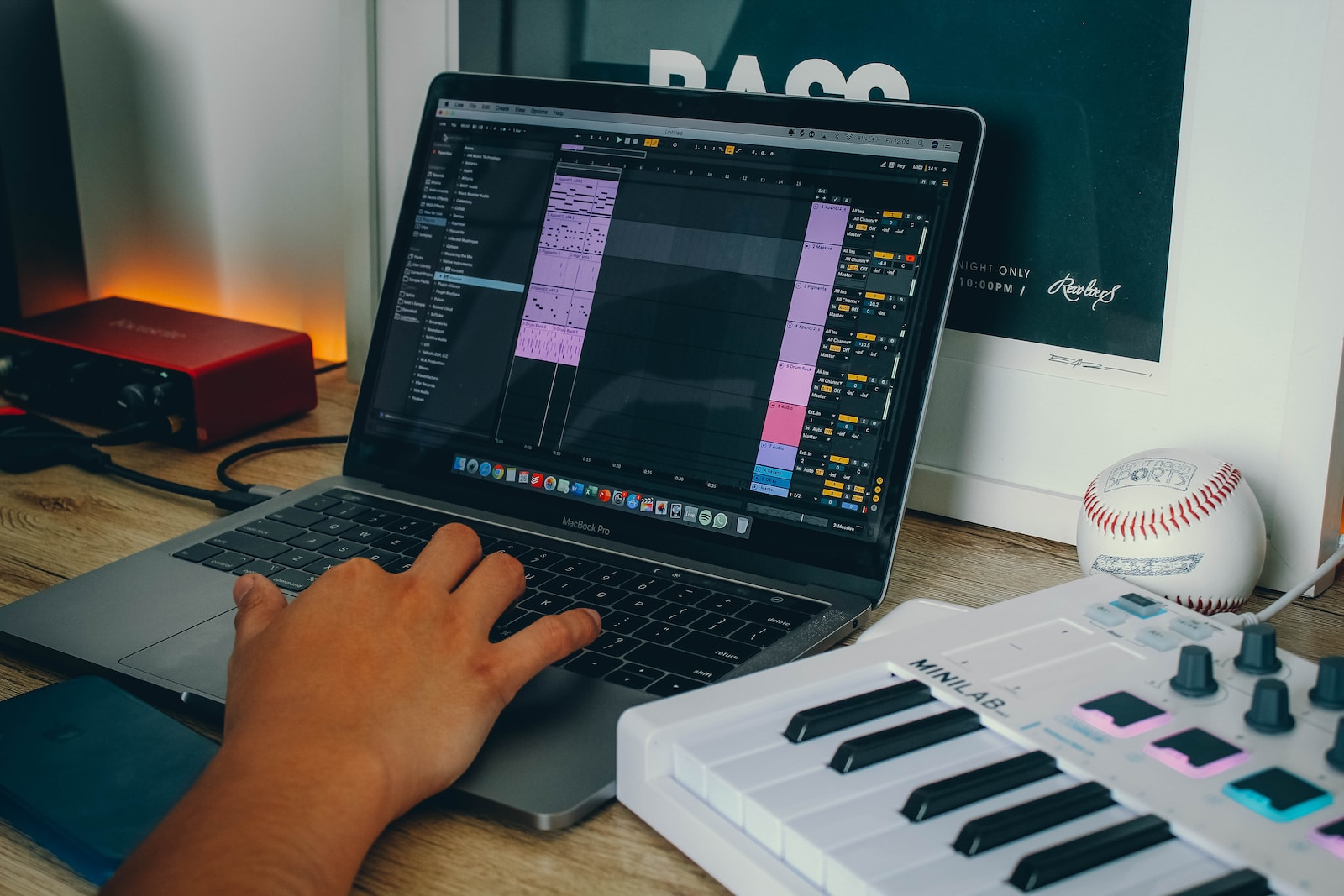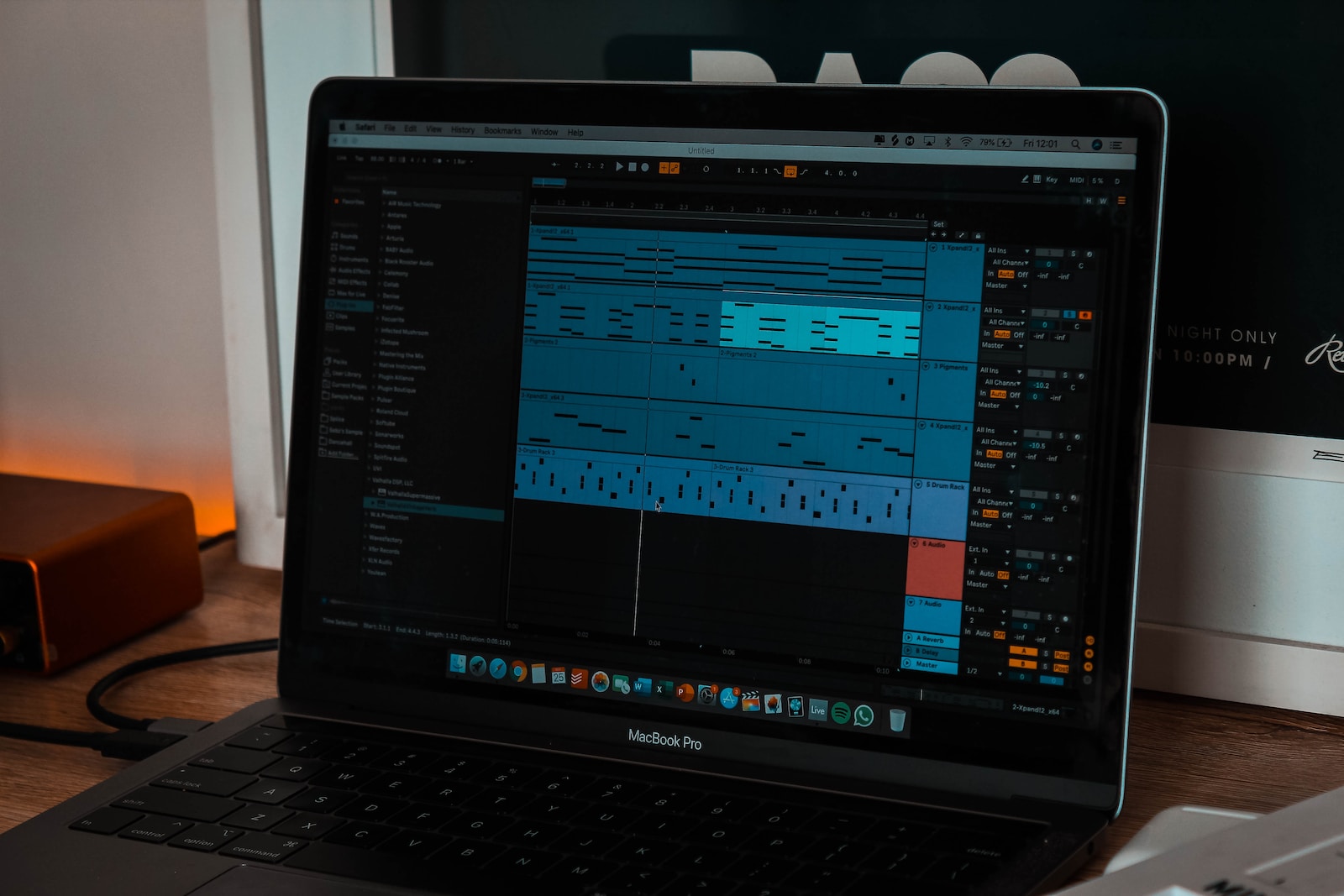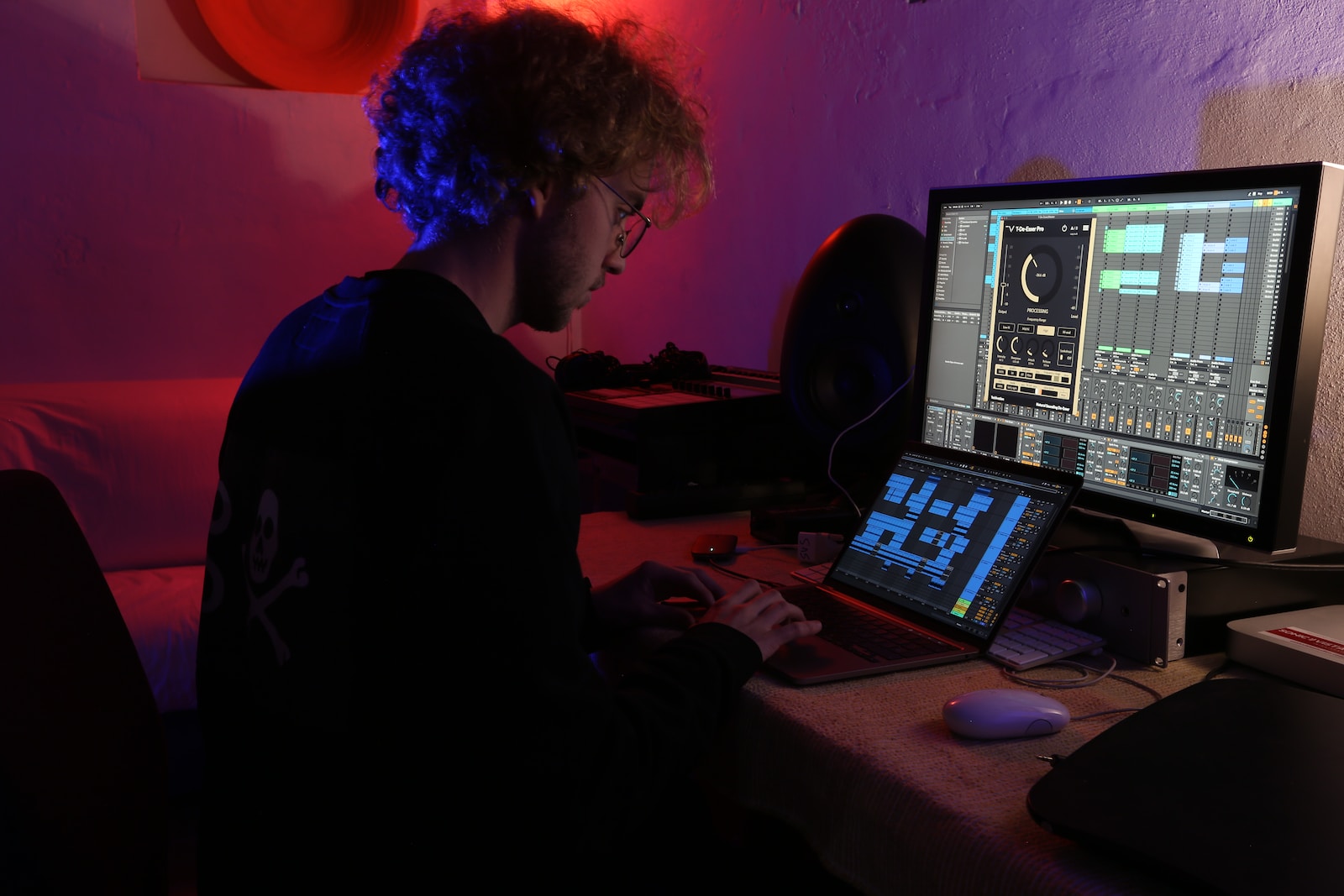
MIDI (Musical Instrument Digital Interface) is a protocol that allows electronic musical instruments, computers, and other digital devices to communicate with each other. It was developed in the early 1980s as a way to standardize communication between different brands and types of electronic instruments.
MIDI messages consist of digital data that describe musical events such as notes, pitch, velocity, duration, and other performance parameters. MIDI messages are sent over a standard 5-pin DIN cable or via USB, and can be used to control hardware synthesizers, samplers, and drum machines, or software instruments and DAWs (Digital Audio Workstations).
MIDI messages can be recorded, edited, and played back using MIDI sequencers, which allow musicians to create and arrange complex musical compositions with precision and accuracy. These sequences can be saved as MIDI files, which are compact digital representations of the musical data that can be easily transferred between different devices and software applications.
MIDI Channels
In MIDI, a channel is a specific stream of data that is used to control a particular musical instrument or sound source. Each MIDI channel can be assigned to a different instrument or sound, allowing multiple devices to be controlled independently within a single MIDI sequence or performance.
MIDI channels are numbered from 1 to 16, and each channel can transmit up to 16 simultaneous messages. These messages can include note on/off events, pitch bend, modulation, and other performance data.
When MIDI data is transmitted over a single cable or connection, it is usually sent on a specific channel. For example, if a MIDI keyboard is sending data to a synthesizer module, the keyboard may be set to transmit on channel 1, while the synthesizer is set to receive on channel 1. This allows the keyboard to control the synthesizer’s sound independently of any other devices that may be connected.
In MIDI sequencers and software applications, channels are often used to assign different instruments or sounds to specific tracks or parts of a composition. For example, a drum track may be assigned to channel 10, while a bass track is assigned to channel 2. This allows the composer to edit and control each instrument separately, even if they are playing simultaneously in the same composition.

MIDI messages
MIDI (Musical Instrument Digital Interface) is a protocol that can transmit a variety of musical data between electronic devices. Some examples of the types of data that can be sent through MIDI include:
- Note On/Off messages: These messages are used to trigger the start and stop of a note or sound on a MIDI-enabled instrument.
- Control Change messages: These messages are used to adjust various performance parameters of a MIDI-enabled instrument, such as volume, pan, modulation, and other effects.
- Program Change messages: These messages are used to select different instrument sounds or patches on a MIDI-enabled device.
- Pitch Bend messages: These messages are used to adjust the pitch of a note or sound on a MIDI-enabled instrument.
- Aftertouch messages: These messages are used to capture the amount of pressure applied to a MIDI-enabled keyboard or other controller after a note has been played.
- SysEx messages: These messages are used to send system-exclusive data between MIDI devices, such as firmware updates, configuration settings, and other device-specific information.
In addition to these basic MIDI message types, there are many other types of MIDI data that can be transmitted, including timecode information, tempo data, and synchronization signals. MIDI is a versatile protocol that can be used to control a wide variety of electronic musical instruments and devices, making it an essential tool for musicians, composers, and producers working in electronic music.

MIDI files
MIDI files contain a series of MIDI messages that describe the musical events in a composition. They are typically saved with a .mid file extension and can be opened and played back in any MIDI-enabled software or hardware device. MIDI files can also be edited and arranged using MIDI sequencers, allowing musicians to refine their compositions and experiment with different arrangements.
One of the main advantages of MIDI files is their small file size, which makes them easy to share and distribute over the internet. They are also highly portable and can be played back on any MIDI-compatible device, making them a popular format for sharing musical ideas and collaborating with other musicians.
MIDI files can be used in a variety of applications, including music production, film scoring, video game soundtracks, and live performances. They are also commonly used in karaoke machines and electronic keyboards, which use MIDI files to provide backing tracks for singers and musicians.
Overall, MIDI and MIDI files are essential tools for musicians and producers working in electronic music, providing a powerful and flexible way to create, edit, and share musical compositions in a variety of contexts.
Understanding MIDI (Musical Instrument Digital Interface) is essential for anyone working with electronic music, whether as a musician, composer, or producer. MIDI is a powerful and flexible protocol that enables communication between electronic devices, allowing musicians to control and manipulate sounds in real-time.










































































































